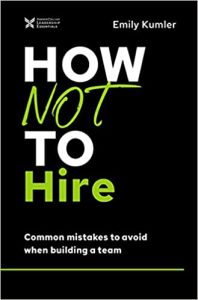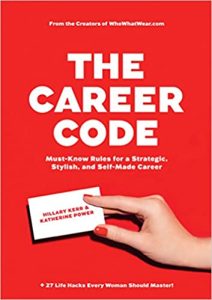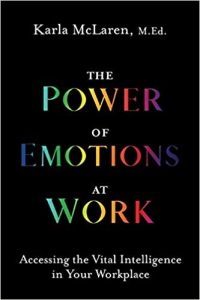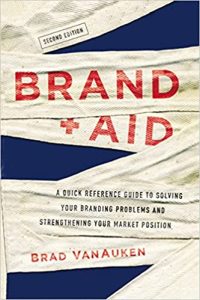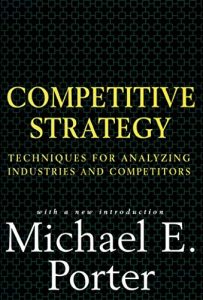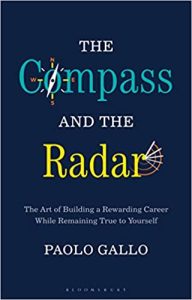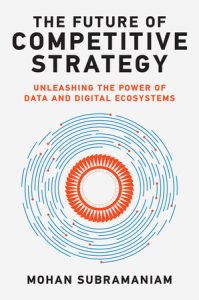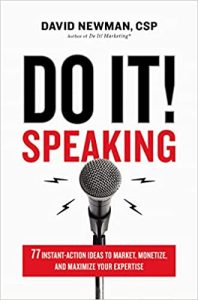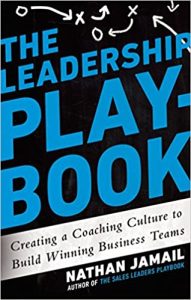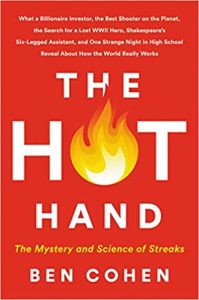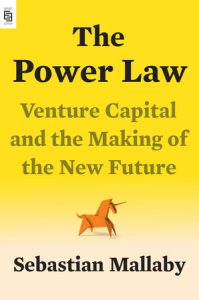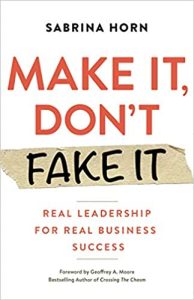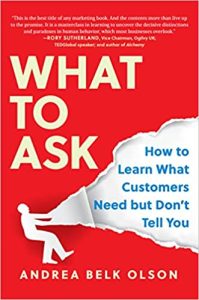How Not To Hire
₦6,500.00It’s the same cycle: you diligently sort through résumés to find the cream of the crop. You have amazing interviews and confidently land on the one, but two weeks into the job and the one turns out to be the wrong one. What gives? Well, you’re clearly screwing something up, and it’s time to find out what it is.
It’s frustrating. You’re up to date on all the newest interview techniques. You know what to look for on candidates’ résumés. You inspect social media profiles for red flags and put them through an in-depth panel interview. They pass with flying colors.
But still, a week or two into the job, it’s clearly not working out. They turn out to be less motivated than they claimed. They didn’t reveal their tendencies in the interview, and they don’t have the skills necessary to do the job. Chances are it’s not about what you’re doing right in the hiring process–it’s about what you’re doing wrong.
How Not to Hire is filled with interviews and stories of people who were being held back by the things they didn’t realize were working against them. The workplace is a minefield filled with politics and unspoken rules. This book is here to teach you:
-How you’re screwing it up and what to do about it
-How other people screwed it up before figuring it out
-What you should stop doing immediately
-What you should be doing more of
Now, stop panicking and letting frustration hold you back. This book is the tool you need to get the best candidates for the interview and the right person for the job!

